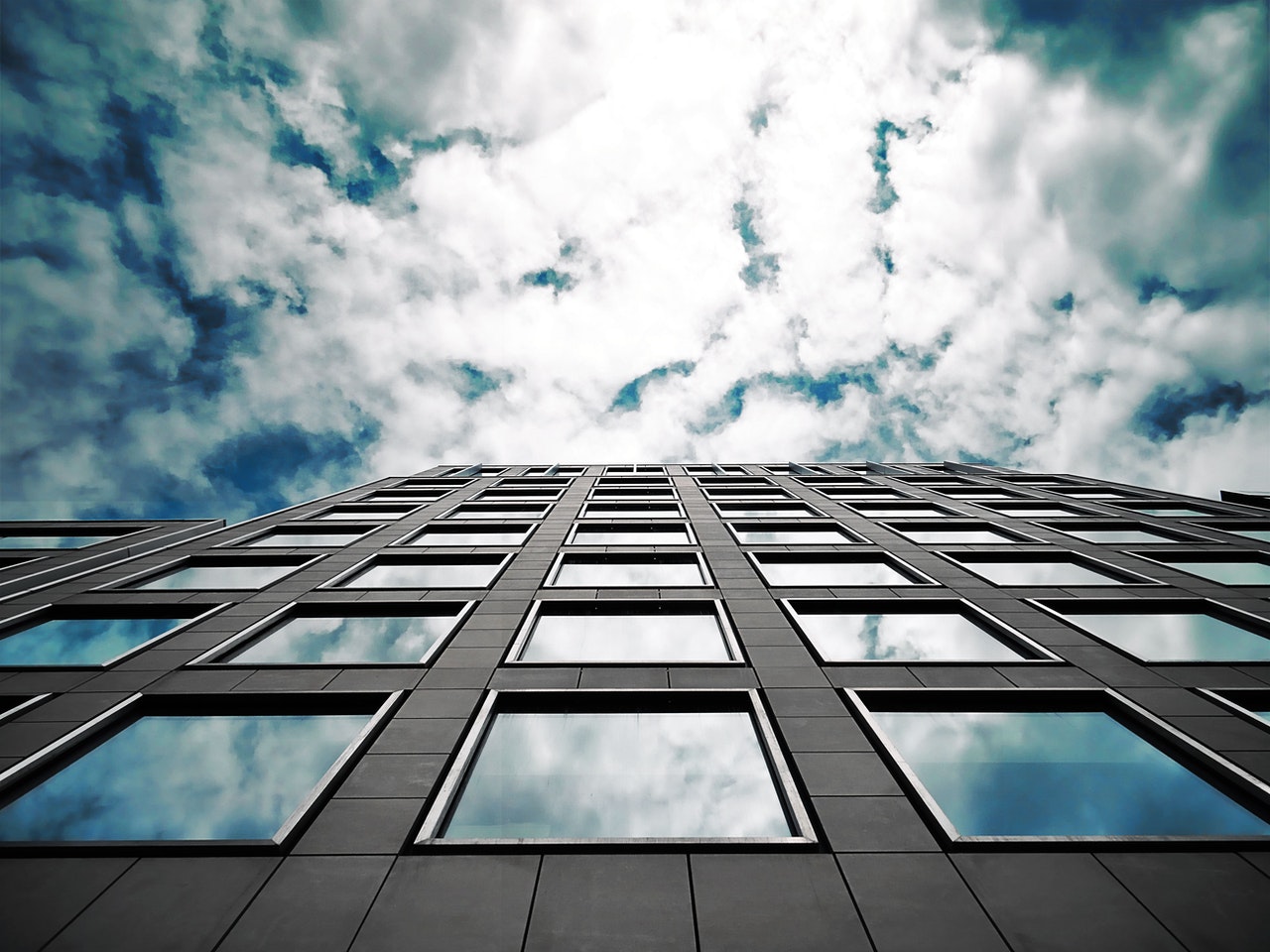
As our society continues to battle mass gun shooters, we know we have to implement safeguards, particularly in our schools and on our campuses. Senseless sacrifices are being endured all over the country and protecting our communities is paramount. With this stated, there is no bulletproof window film or glass on the market. What we do have is known as ballistic glass. Think of it as a bullet shield for glass windows and doors.
Most bullet-resistant products are made of polycarbonate, acrylic, or glass-clad polycarbonate. The level of protection offered will depend on the material used, how it is manufactured, as well as its thickness. While no material can truly be “bulletproof” glass, various manufacturers offer quality bullet-resistant glass, as well as glazing technologies that offer protection against gun violence.
Ballistic glass, or bullet-resistant glass if you prefer, is used for both the public and government sectors to protect buildings, as well as even automobiles. The bottom line is, no matter how high impact its protection level, the glass will eventually give way in a persistent ballistic attack. However, providing additional levels of defense from shooters for both our schools and community buildings will surely delay entry, if not prevent it.
What is Ballistic Glass?
Ballistic glass is a strong and transparent material that is particularly resistant to penetration by projectiles: bullets or shrapnel. However, it is not completely impenetrable.
It has been trusted as a barrier for many different uses, from protecting the storefront of a jewelry store from improvised projectiles, to protecting military and private vehicles from bullets. Bullet resistant glass does this by dispersing the projectile’s kinetic energy upon impact. It’s important to understand that bullets will almost always pierce at least the first layer of material.
Ballistic window film is offered with different levels of protection. These levels of defense range from Level 1, which can sustain three 9mm bullets, to Level 10 which can protect against a 50 BMG bullet.
The more commonly used levels for schools or community buildings are as follows:
- Level 2 This polycarbonate glass is just over an inch thick. According to intensive testing, this bullet resistant glass is able to protect against three .357 Magnum rifle bullets. Thus, providing significant protection for its thickness and weight.
- Level 3 This is often the strongest variety of bullet resistant polycarbonate available. It is about 1.25 inches thick and can protect against three shots from a .44 magnum.
- Level 4 This top-rated bullet resistant glass offers added security and is often used for retail, banking, and government customers. Level 4 bullet resistant glass is a 4-ply compilation of glass and polycarbonate that can be manufactured up to 1-1/2 inches thick. This option can stop a shot from a .30-06 hunting rifle.
Another commonly used form of l ballistic window film is bullet-resistant polycarbonate. This option is manufactured by layering polycarbonate with polyurethane layers. A sheet of polycarbonate-based bullet-resistant glass can provide three levels of protection from several 9mm bullets.
Obviously, you noticed that the number of bullets used in the testing were provided in the descriptions above. This is because after that number of bullets is fired into ballistic glass, some form of breakage occurs. It doesn’t mean that the door or window will necessarily be breachable. The glass is created to stay in place so that it cannot easily be removed. If the perpetrator continues to try to break through, they may eventually do so. However, it isn’t likely.
How does ballistic glass work?
Bullet resistant glass absorbs the force of an impact, particularly resulting from varied, often numerous gunshots. The bullet will always pierce the first layer of material. However, the next layer of polycarbonate plastic will provide even more resistance. Typically, at this point, the bullet’s force will dissipate upon impact.
If there is still enough velocity being applied by the bullet, then that bullet can pierce the next layer of material. This process continues until either a layer of plastic stops the bullet, or until the bullet emerges through the barrier—with far less vigor than when it started. At this point, even if the bullet pierces the ballistic glass its power will be decreased significantly, protecting both individuals and product on the other side of the barrier.
Thus, ballistic glass or resin, is engineered to minimize the kinetic energy of bullets and is quite successful in doing so. It’s important to note that ballistic glass is only effective against a few bullets at a time. With more and more bullets fired into the glass, eventually, the protective qualities will lessen. However, there is no denying the superior fortification that ballistic glass can and does provide the public. It is as close to bulletproof windows for schools as we can get.
In educating you on what’s available, we’ve laid the groundwork for the future of your school or campus’s safety and security. If you would like to learn more on the latest challenges facing campuses, feel free to access a complimentary copy of our 2022 Window Security Survey. Protecting the public and our facilities, can only help our future generations to prosper.



